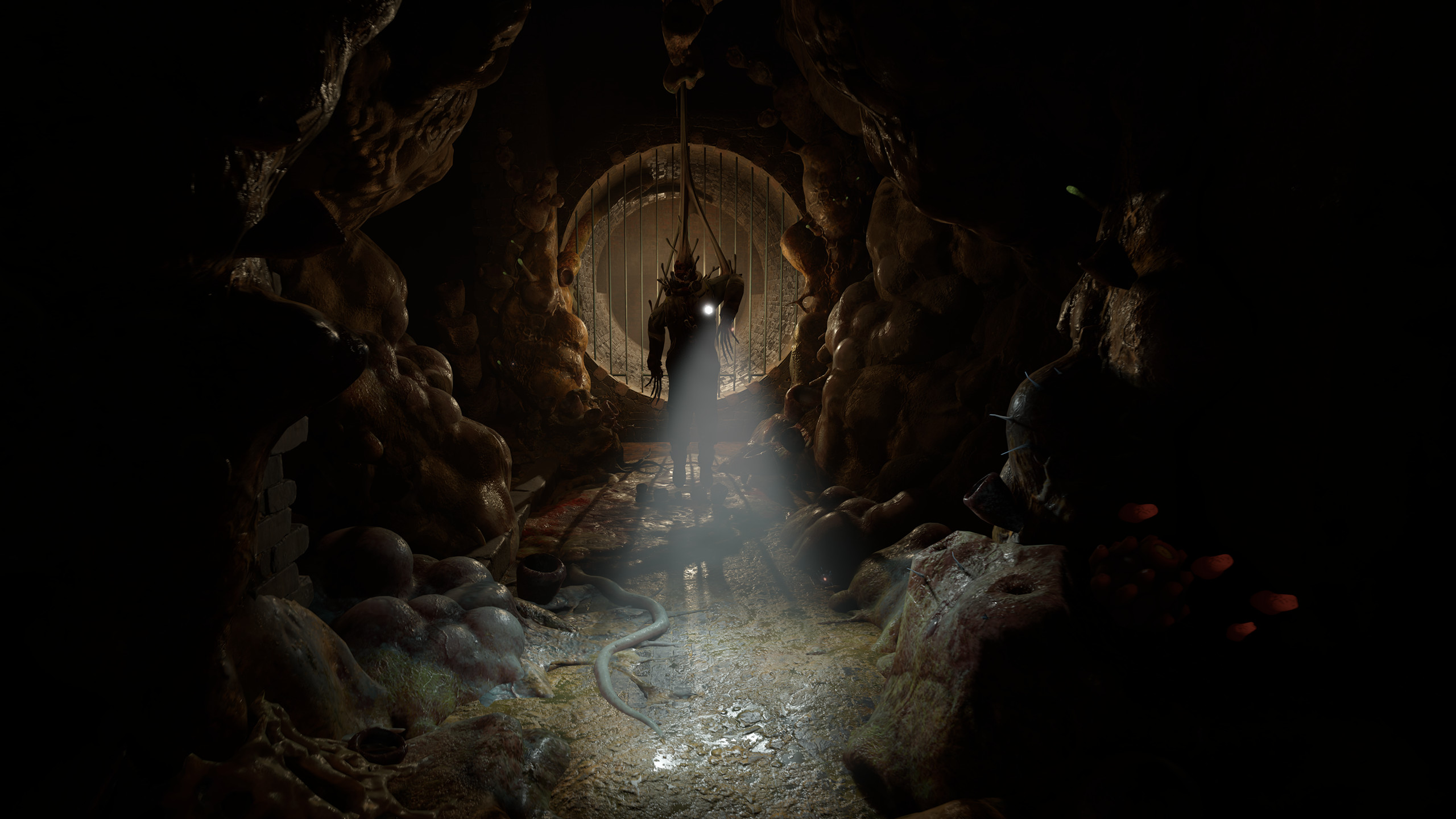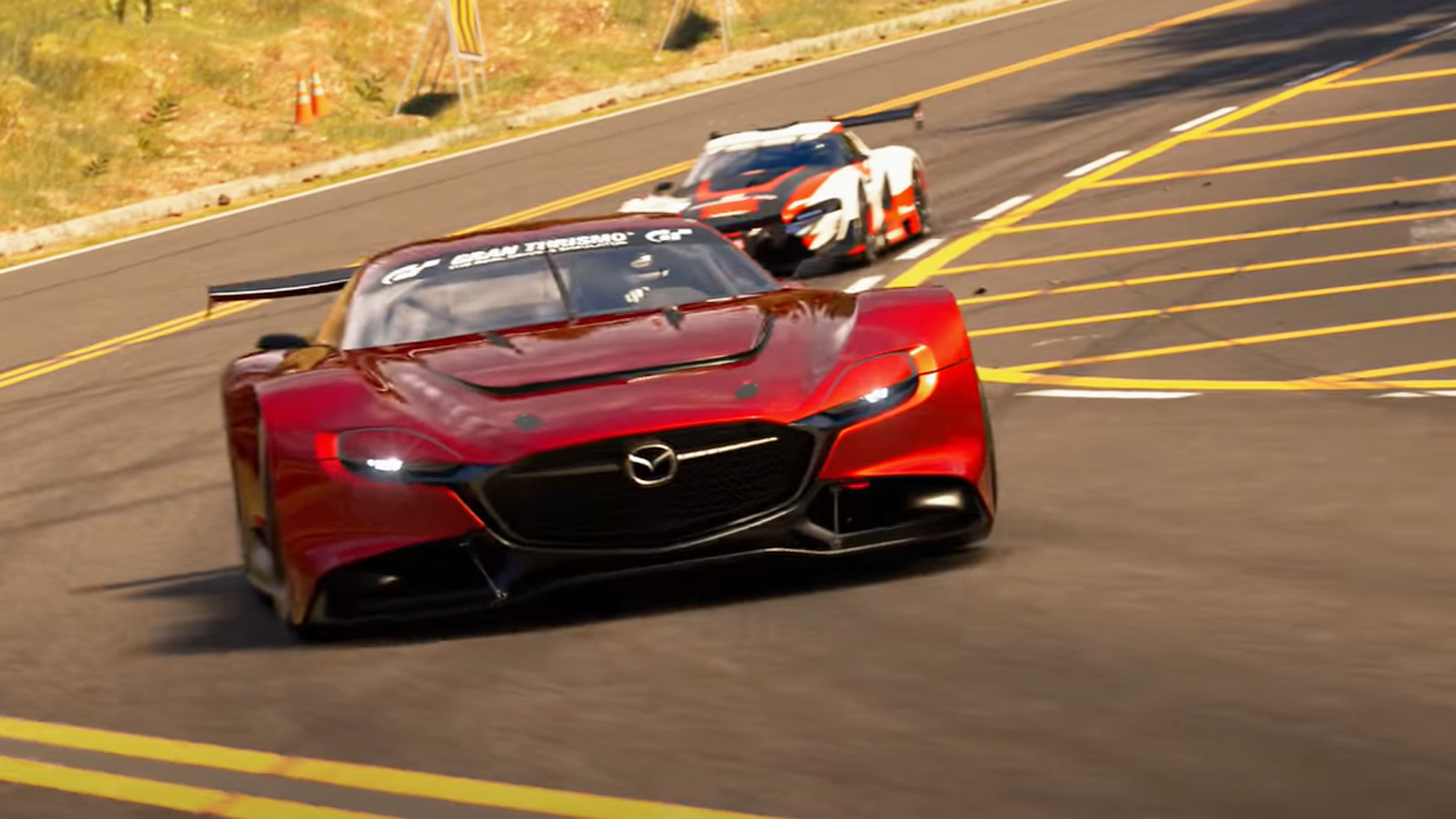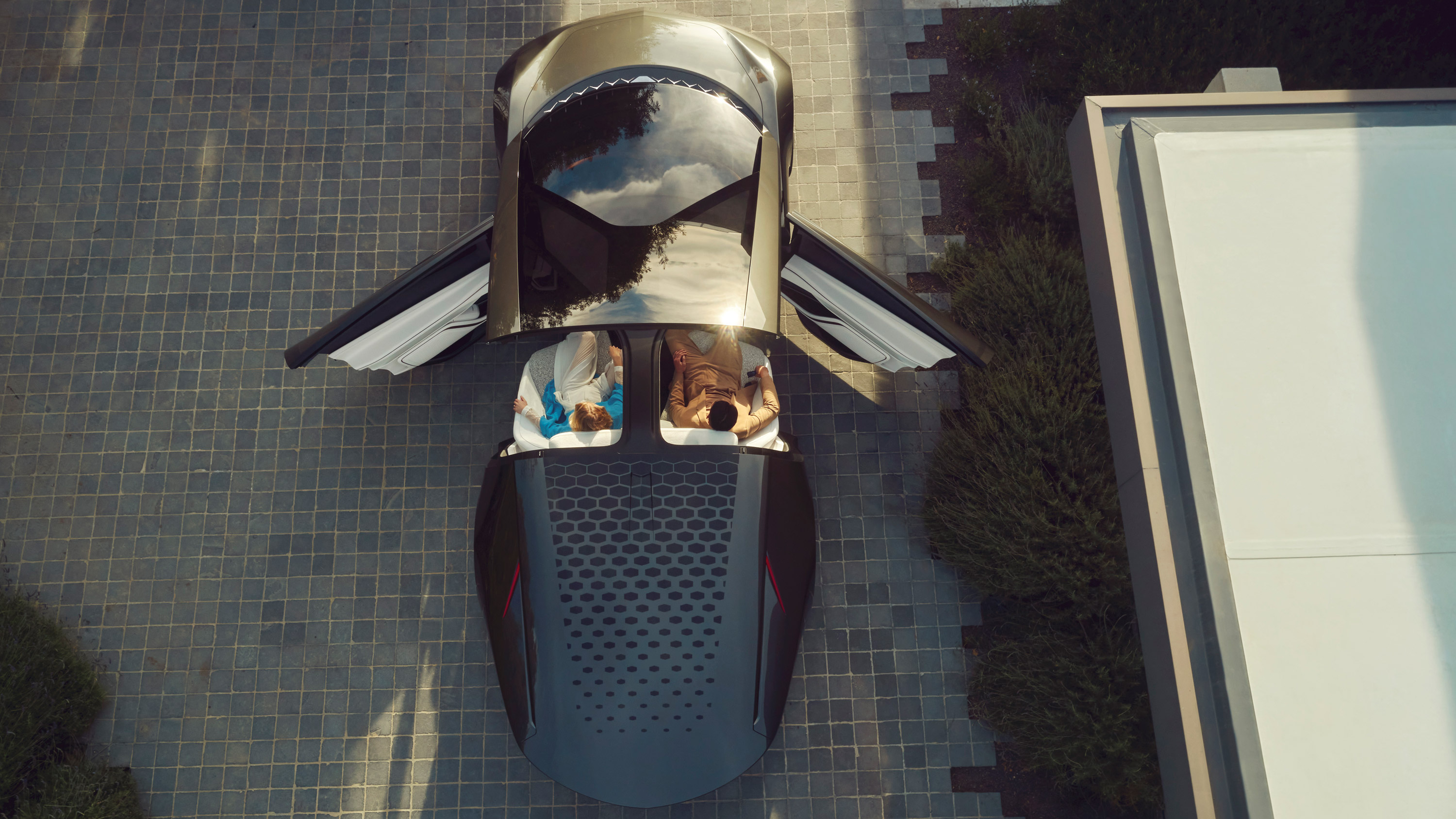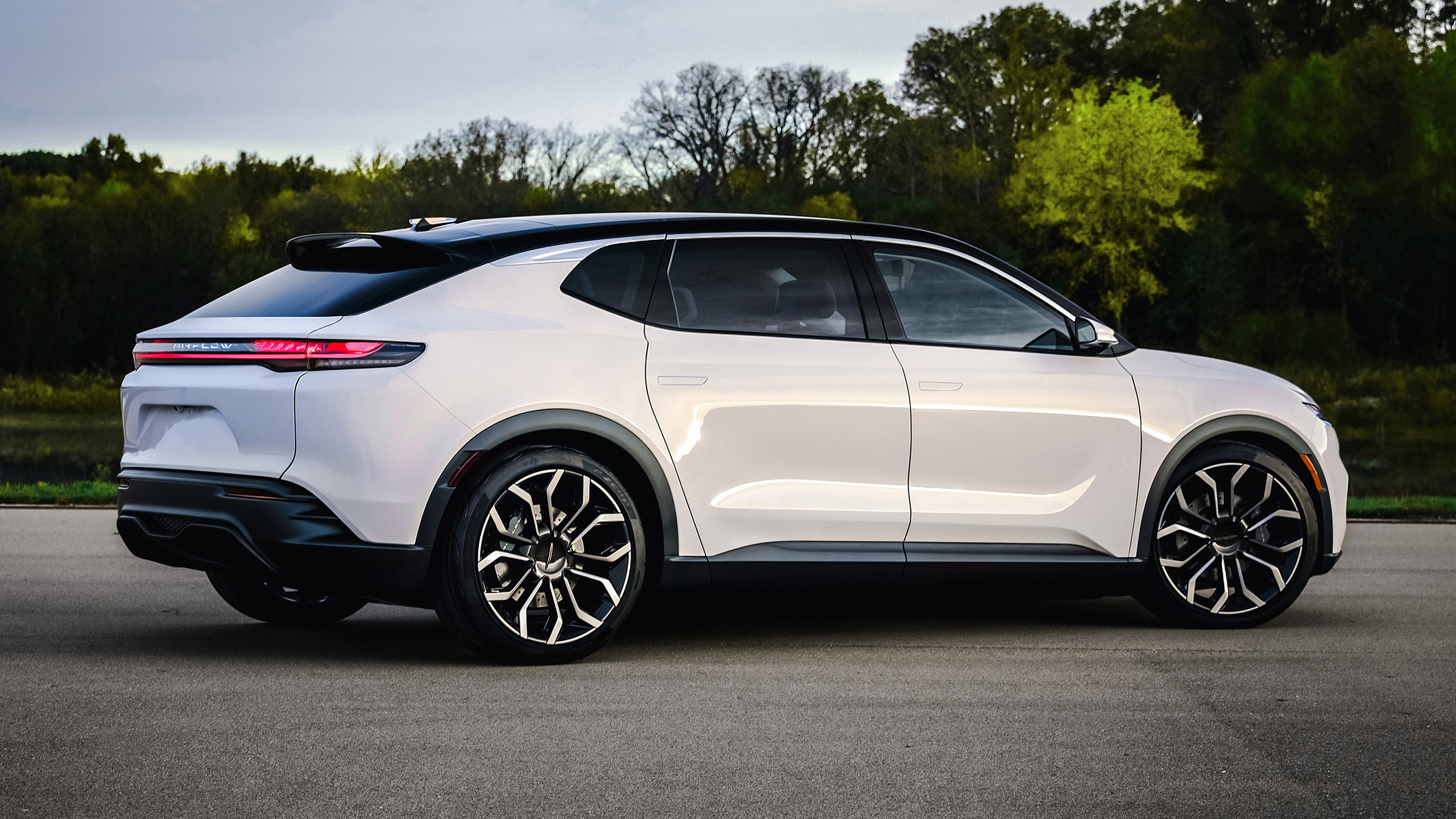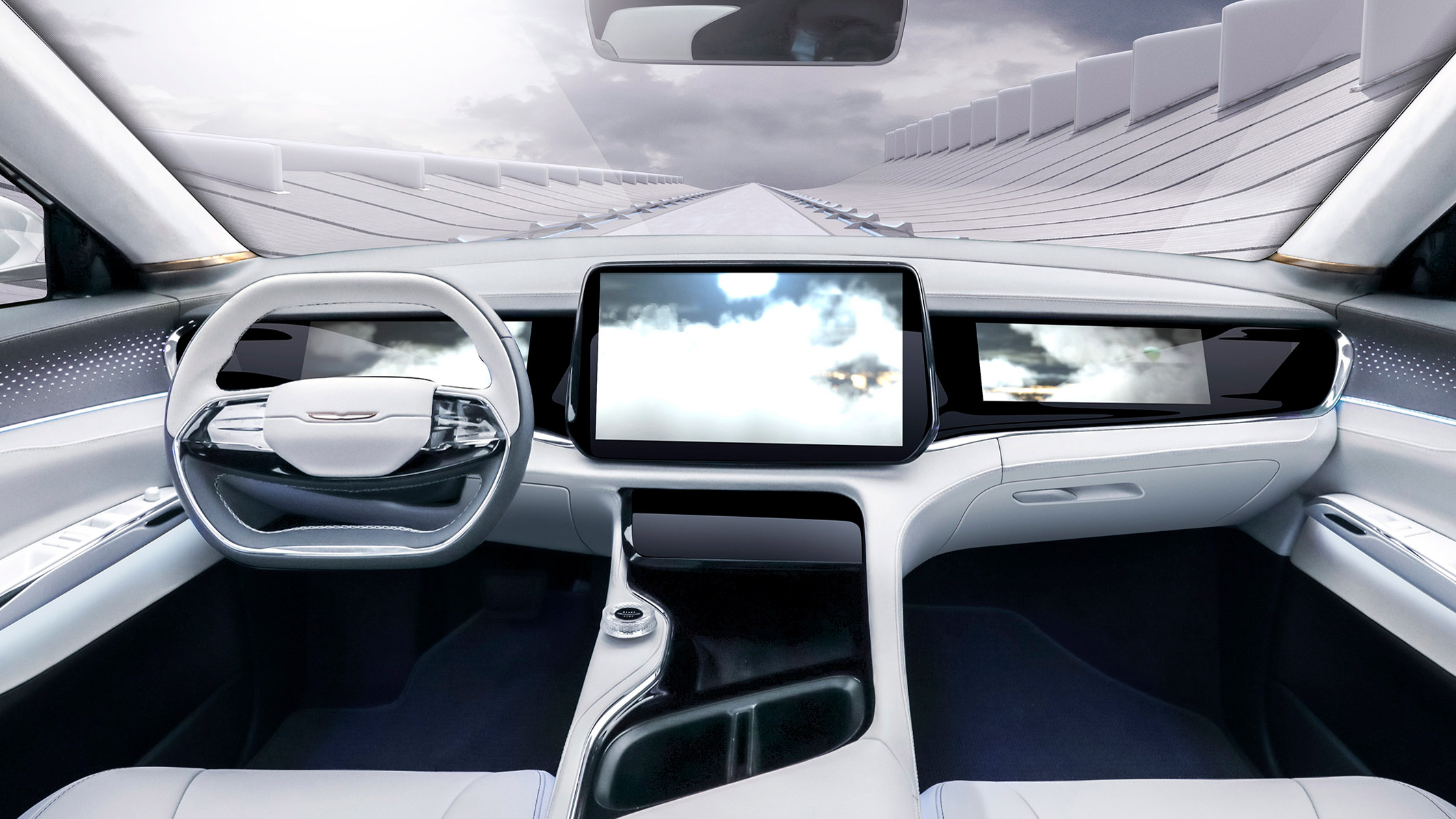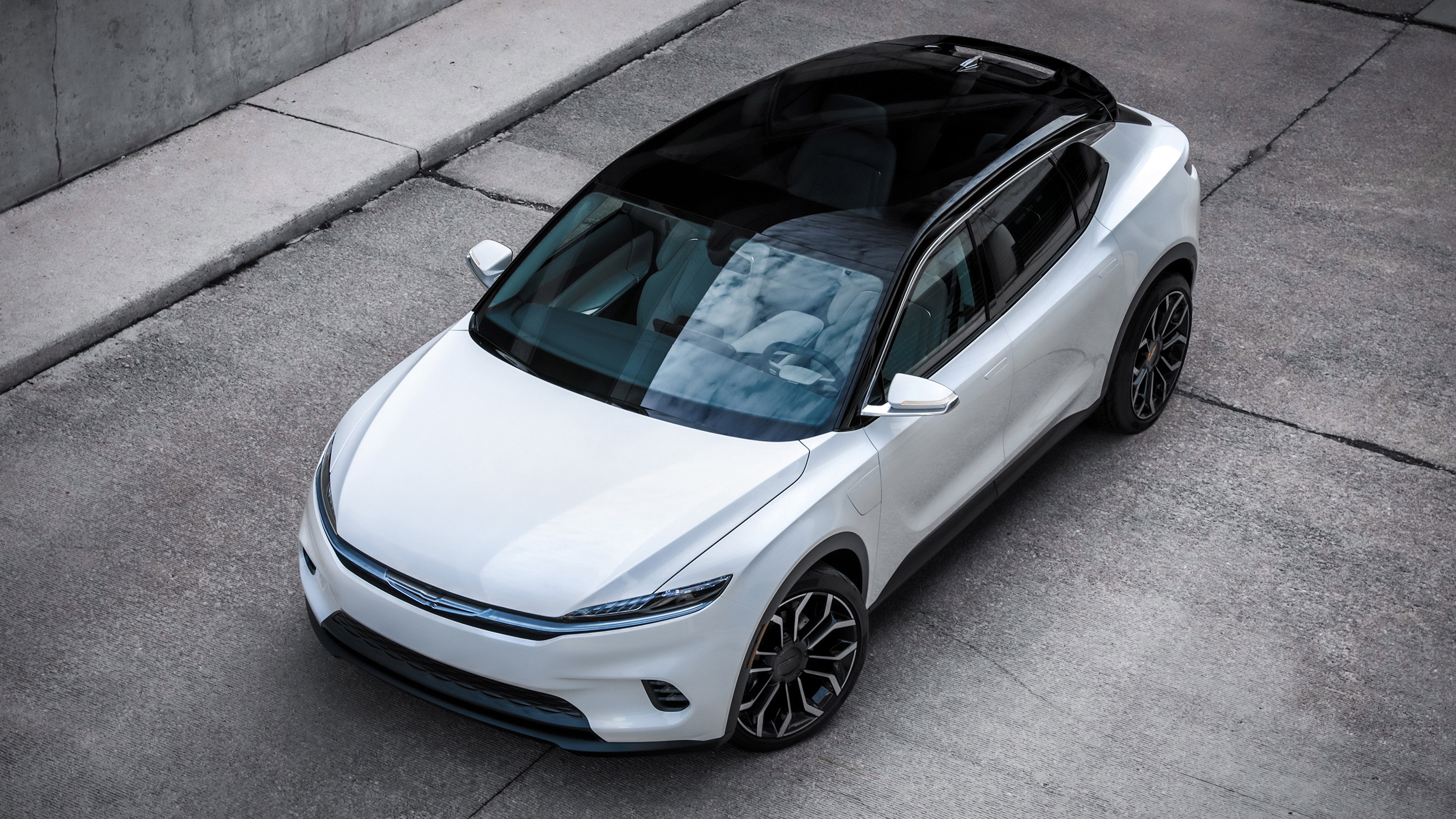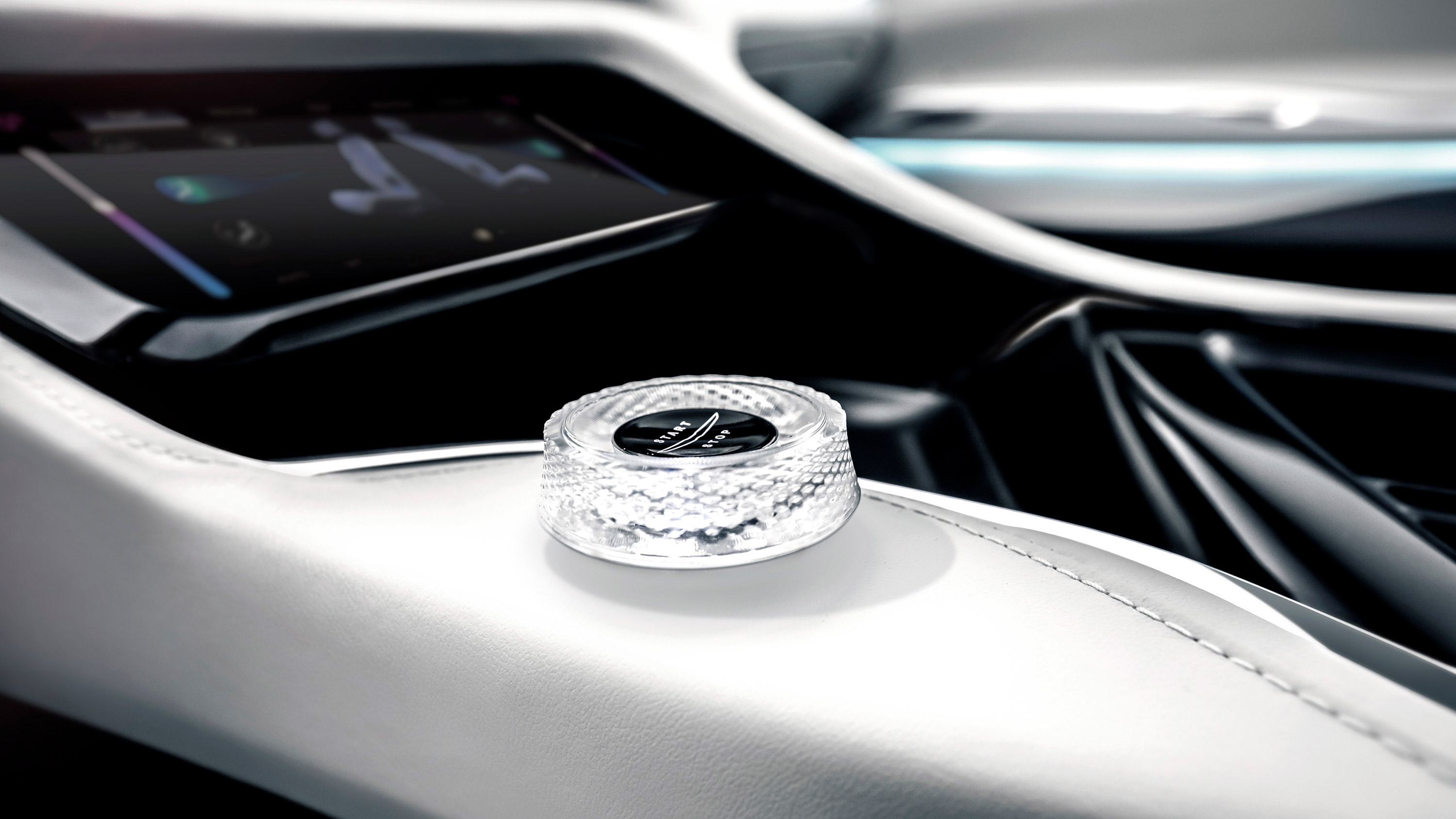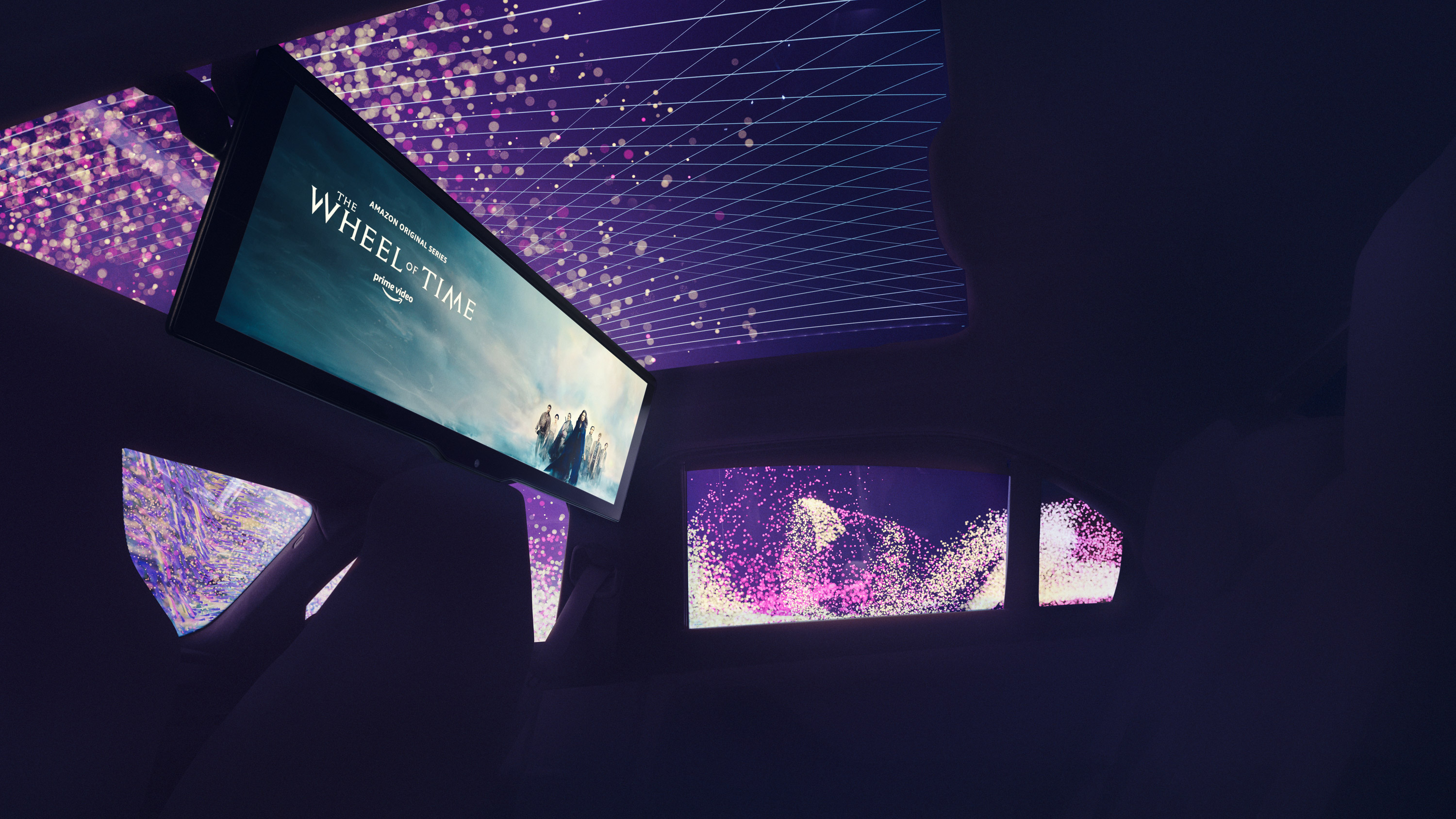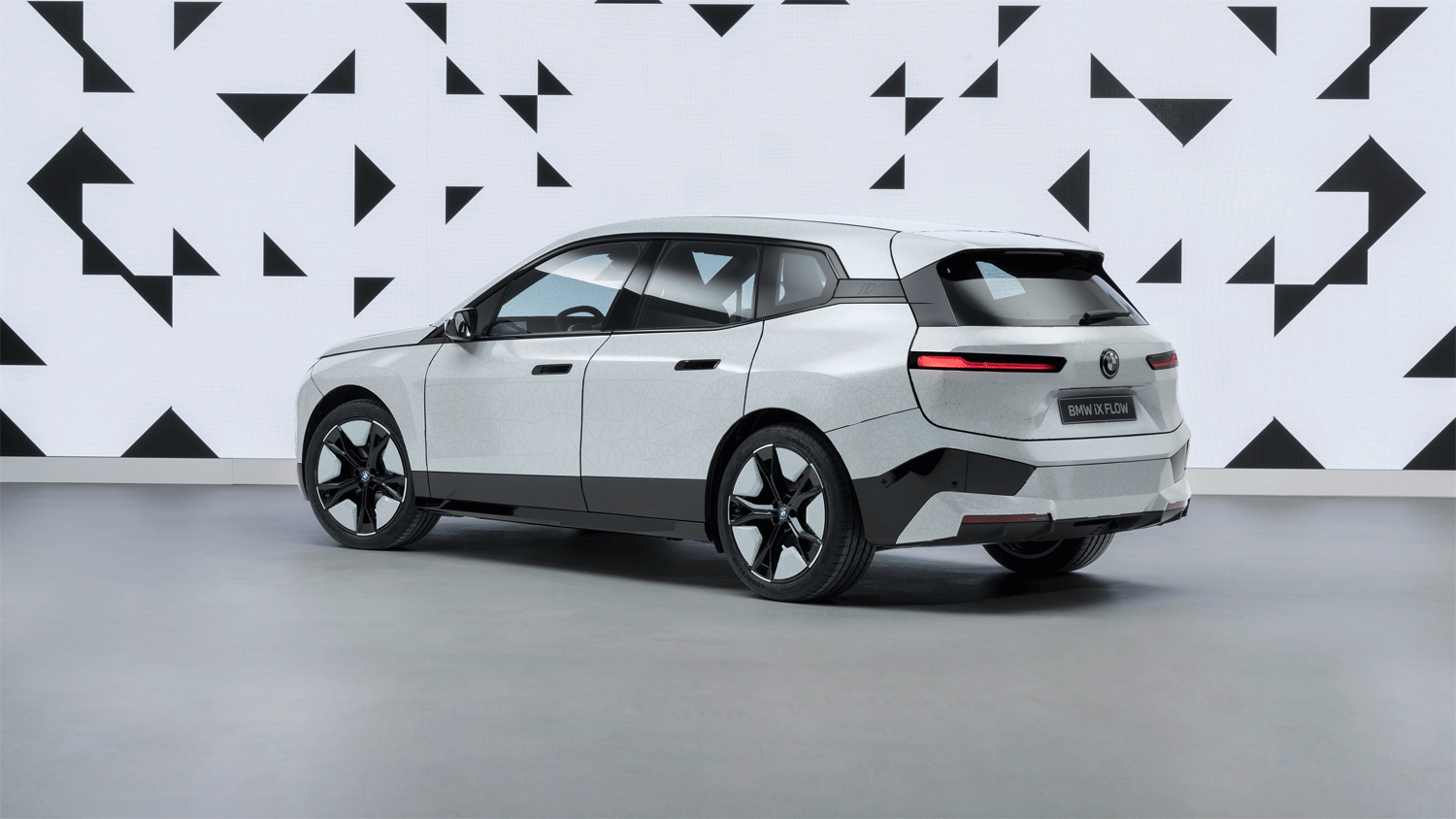The new level for the energy price cap will be announced on February 7th, and with only a few weeks to go until this date, a number of energy suppliers and energy experts have warned that we can expect to see it rise once again.
Ofgem's current cap - which was set in October 2021 - limits the maximum rate energy suppliers can charge consumers for their default tariffs to £1,277 a year, but because the cost of wholesale gas still continues to increase, it’s almost a certainty the new cap will follow suit.
How much will the price cap go up?
While it’s pretty much universally agreed the cap will go up, pinpointing exactly how much is virtually impossible at the moment and we can only guess based on existing data. This is according to Octopus Energy chief executive Greg Jackson who told the BBC’s Today Programme that we “really don’t know” precisely how high Ofgem will set the new cap.
These concerns have been echoed by others including OVO Energy boss Stephen Fitzpatrick, who in December predicted further price rises which will be "an enormous crisis for 2022" for households.
Similarly, last month Emma Pinchbeck, head of trade body Energy UK, told the BBC that energy prices were "at levels that, frankly, we have not seen before" and how it is "looking pretty serious for the spring" with energy bills possibly "going to go up 45-50%".
Greg Jackson also commented on how the UK needs to find more ways to deal with the existing energy debts stemming from the effects of the energy crisis so far. While at the same time give further protection to consumers and help prevent more suppliers from going bust.
"The reality is that in the energy sector, the UK buys most of its energy on a global market and we've had to pay about £20bn more than usual this year. So in one way or another, the UK's going to have to pay that money."
Government intervention could help the situation
One suggestion from Mr Jackson is to ‘subsidise the energy companies themselves by creating a fund which would allow them to draw on government cash when wholesale gas prices were very high, then pay it back when prices dipped again.’ This fund would then mean energy companies could spread their costs out over a longer period and ultimately not affect consumer bills as dramatically as they have so far.
However, Mr Jackson also recognised that such intervention would also come at a eventual cost to tax payers and that larger energy suppliers also need to offer more financial support.
He said: "We have to recognise as a result of the pandemic every sector is asking the Treasury for help and there is not an infinite supply of money there, it is not free.
"We can smooth the bill for the UK, that is something we as an industry can work on before we go looking for help from the public purse or elsewhere. The energy sector has always had large access to private finance, and there may well be ways to untap more finance to spread more costs over time."
Can anything be done to cut costs?
Talks between the UK’s energy suppliers and the Department for Business are ongoing and will hopefully find some kind of resolution, but the fundamental issue is that bills will almost certainly be going up for the nation’s households once again.
At the moment we also still aren’t advised to run an energy comparison and switch to a new tariff, as the current cap is the best energy deal on offer, even from the country’s best energy suppliers. So those looking to cut costs may wish to look to the following options:
- Applying for the Warm Home Discount scheme
- Checking your eligibility for the Winter Fuel Payment
- Checking your eligibility for the Cold Weather Payment
- Switching your appliances off and not leaving them on standby mode
- Using our energy saving tips
- Being more efficient with your heating
- Speaking with your current supplier to arrange a new payment plan
Some vulnerable households can also get a share of the £500m Household Support Fund that is allocated to local councils to help with covering the costs of domestic bills.
